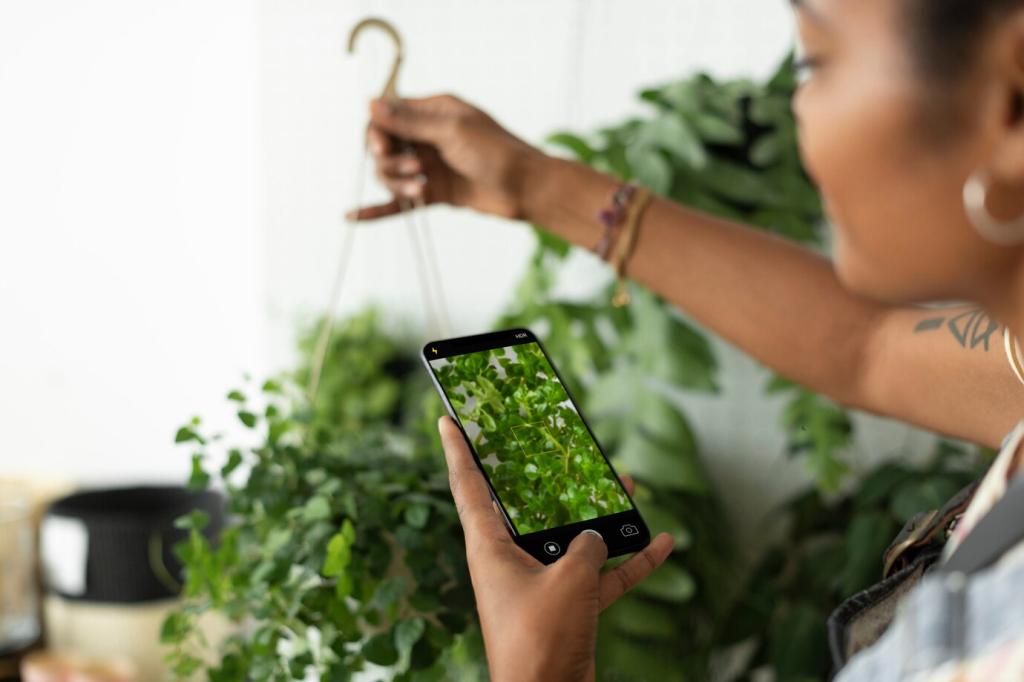What Makes a Material Truly Sustainable?
Look beyond labels and consider extraction, manufacturing energy, transport distance, use, maintenance, and end-of-life. Lower embodied carbon often comes from recycled content, local sourcing, and long lifespans. Share which materials you trust and why—they might help another reader make a smarter, lower-impact decision today.
What Makes a Material Truly Sustainable?
Certifications translate complex science into helpful signals. Look for FSC or PEFC wood, Cradle to Cradle for circularity, GREENGUARD Gold for indoor emissions, OEKO-TEX for textiles, and transparent EPDs. Subscribe to get our quick-reference checklist, and tell us which labels you actually find usable in stores.
What Makes a Material Truly Sustainable?
Choose materials that suit the task: hardwearing entry floors, washable wall finishes, and upholstery with replaceable covers. Repairs beat replacements every time. Our oak dining table survived puppy scratches with a gentle re-oil, saving money and carbon. Comment if you want that easy, step-by-step routine.



